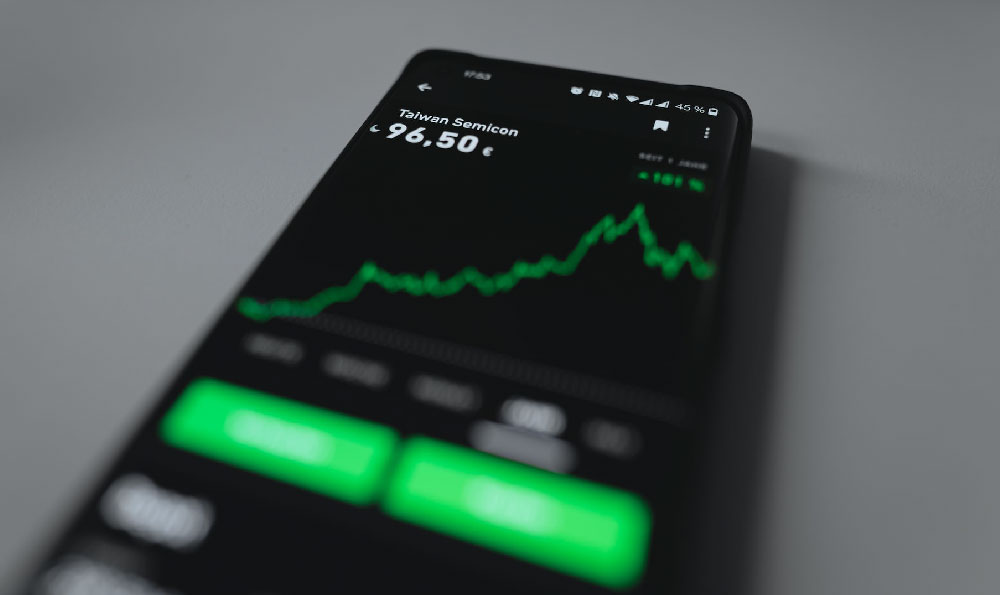Here's an article exploring the revenue streams of proprietary trading firms, designed for SEO optimization and readability.
Understanding the Profit Engine: How Proprietary Trading Firms Generate Revenue
Proprietary trading firms, often called "prop firms," operate in a distinct segment of the financial world. Unlike traditional asset managers who handle client funds, prop firms trade with their own capital, seeking to generate profits directly from market movements. This introduces a higher risk profile but also the potential for significant returns. To grasp how these firms thrive, it's crucial to understand their diverse revenue streams.

Direct Trading Profits: The Core Revenue Driver
The most obvious and primary source of revenue for a prop firm is, unsurprisingly, the profit earned from successful trades. Prop firms employ skilled traders who utilize various strategies to capitalize on market inefficiencies, trends, and specific events. These strategies can range from high-frequency trading (HFT) that exploits minuscule price discrepancies to more long-term, fundamental analysis-driven positions.
The specific instruments traded vary widely depending on the firm's specialization and risk appetite. They may include:
- Equities: Buying and selling stocks of publicly traded companies. Prop firms might employ strategies like day trading, swing trading, or arbitrage to profit from short-term price fluctuations.
- Fixed Income: Trading bonds, notes, and other debt instruments. This can involve profiting from changes in interest rates or credit spreads.
- Currencies (Forex): Trading currency pairs. Forex trading is characterized by high liquidity and volatility, offering numerous opportunities for prop firms to profit from short-term price movements.
- Commodities: Trading raw materials like oil, gold, and agricultural products. Commodity markets can be influenced by supply and demand factors, geopolitical events, and weather patterns.
- Derivatives: Trading options, futures, and other derivative contracts. Derivatives allow prop firms to leverage their positions and hedge risks.
- Cryptocurrencies: Trading digital assets like Bitcoin and Ethereum. This is a relatively new and volatile asset class offering high-risk, high-reward potential.
The key to generating profits from direct trading lies in identifying profitable trading opportunities, managing risk effectively, and executing trades efficiently. Successful prop firms invest heavily in technology, data analysis, and trader training to gain a competitive edge.
Market Making: Providing Liquidity and Earning the Spread
Some prop firms engage in market-making activities, where they provide liquidity to the market by simultaneously quoting buy (bid) and sell (ask) prices for specific assets. Market makers profit from the "bid-ask spread," which is the difference between the price at which they are willing to buy an asset and the price at which they are willing to sell it.
By providing liquidity, market makers facilitate trading and reduce transaction costs for other market participants. In return, they earn a small profit on each trade they execute. This revenue stream is generally more stable than direct trading profits, but it requires significant capital and sophisticated technology to manage inventory and risk.
Arbitrage: Exploiting Price Differentials
Arbitrage involves exploiting price differences for the same asset in different markets or in different forms. For instance, a prop firm might buy a stock on one exchange where it is trading at a lower price and simultaneously sell it on another exchange where it is trading at a higher price.
Arbitrage opportunities are often short-lived, as market participants quickly take advantage of price discrepancies. Prop firms that engage in arbitrage require sophisticated technology and rapid execution capabilities to capture these opportunities before they disappear. This revenue stream is relatively low-risk, as the profit is essentially guaranteed, but it also offers limited upside potential.
Algorithmic Trading and High-Frequency Strategies
Many prop firms heavily rely on algorithmic trading and high-frequency trading (HFT) strategies. Algorithmic trading involves using computer programs to automatically execute trades based on pre-defined rules and parameters. HFT is a subset of algorithmic trading that focuses on executing a large number of orders at extremely high speeds.
These strategies can generate profits by exploiting small price discrepancies or by capitalizing on short-term market trends. Algorithmic trading and HFT require significant investment in technology and infrastructure, including high-speed data feeds, powerful computers, and sophisticated trading algorithms.
**
Proprietary Research and Information Advantage
Some prop firms invest heavily in proprietary research to gain an information advantage over other market participants. This research may involve analyzing economic data, studying company financials, or tracking market trends. By identifying undervalued assets or predicting market movements more accurately, prop firms can generate higher returns on their trades.
This revenue stream is less direct than other sources, but it can significantly enhance the profitability of a prop firm's trading activities. Successful research requires skilled analysts, access to proprietary data, and a culture of intellectual curiosity.
**
Providing Training and Capital to Independent Traders
A growing trend is for prop firms to offer training and capital to independent traders. These traders, often working remotely, trade under the firm's umbrella and risk management framework. In exchange, the prop firm receives a portion of the trader's profits.
This model allows prop firms to expand their trading operations without incurring the fixed costs of hiring and managing employees. It also provides opportunities for talented individuals who may not have access to capital to participate in the financial markets. The revenue stream is directly tied to the success of the independent traders, so prop firms carefully screen and train these individuals.
**
Risk Management and Operational Efficiency: Maximizing Profitability
Beyond these direct revenue streams, effective risk management and operational efficiency are crucial for maximizing profitability. Prop firms must carefully manage their exposure to market risk, credit risk, and operational risk. They also need to optimize their trading infrastructure, reduce transaction costs, and streamline their operations.
A well-managed prop firm can generate higher returns while taking on less risk. This requires a strong risk management framework, experienced risk managers, and a culture of compliance.
In conclusion, prop firms generate revenue through a variety of channels, with direct trading profits forming the cornerstone. The specific mix of revenue streams depends on the firm's specialization, risk appetite, and technological capabilities. Success requires a combination of skilled traders, sophisticated technology, effective risk management, and a relentless focus on generating profits. Understanding these revenue streams provides valuable insights into the dynamics of proprietary trading and the role these firms play in the broader financial markets.












